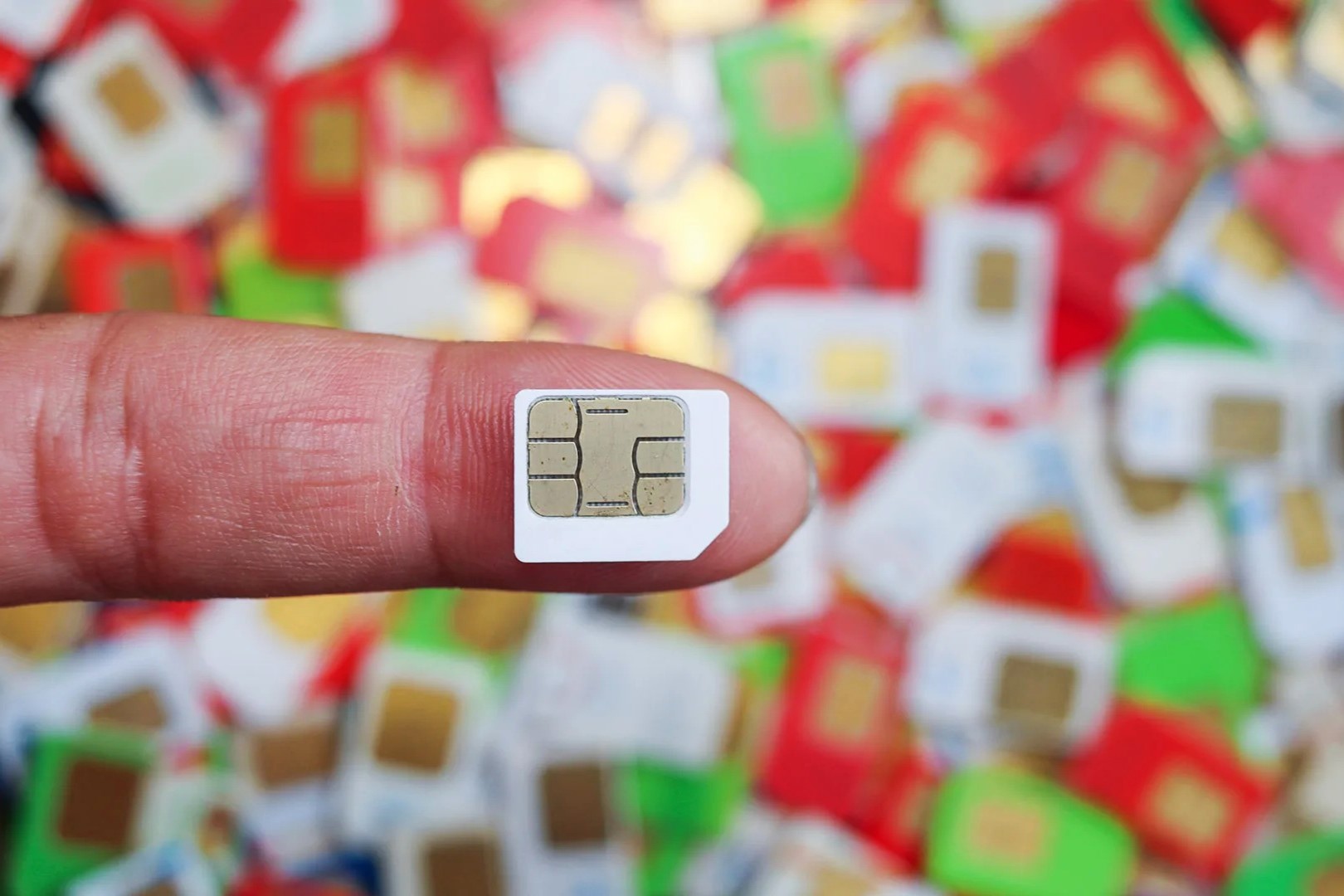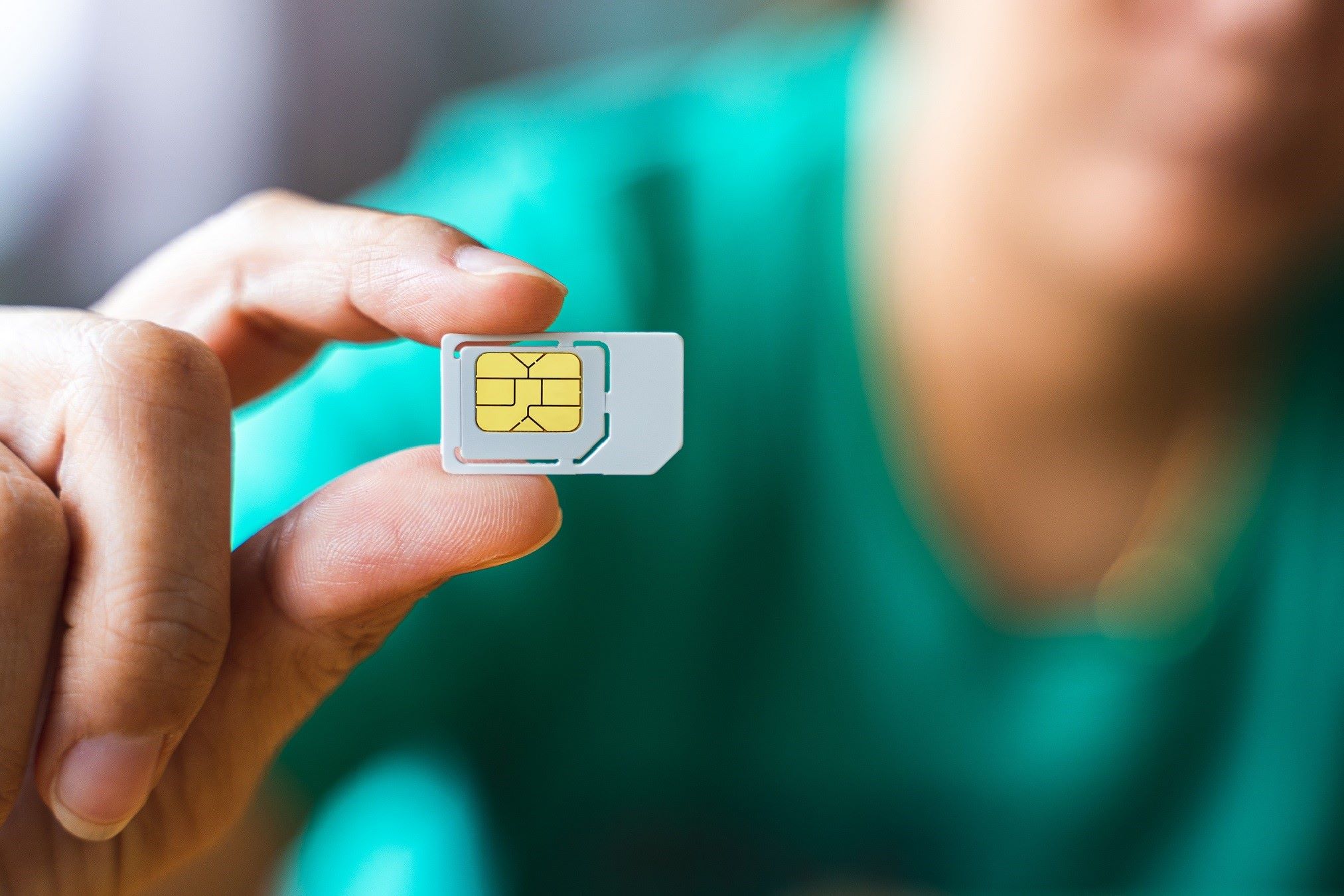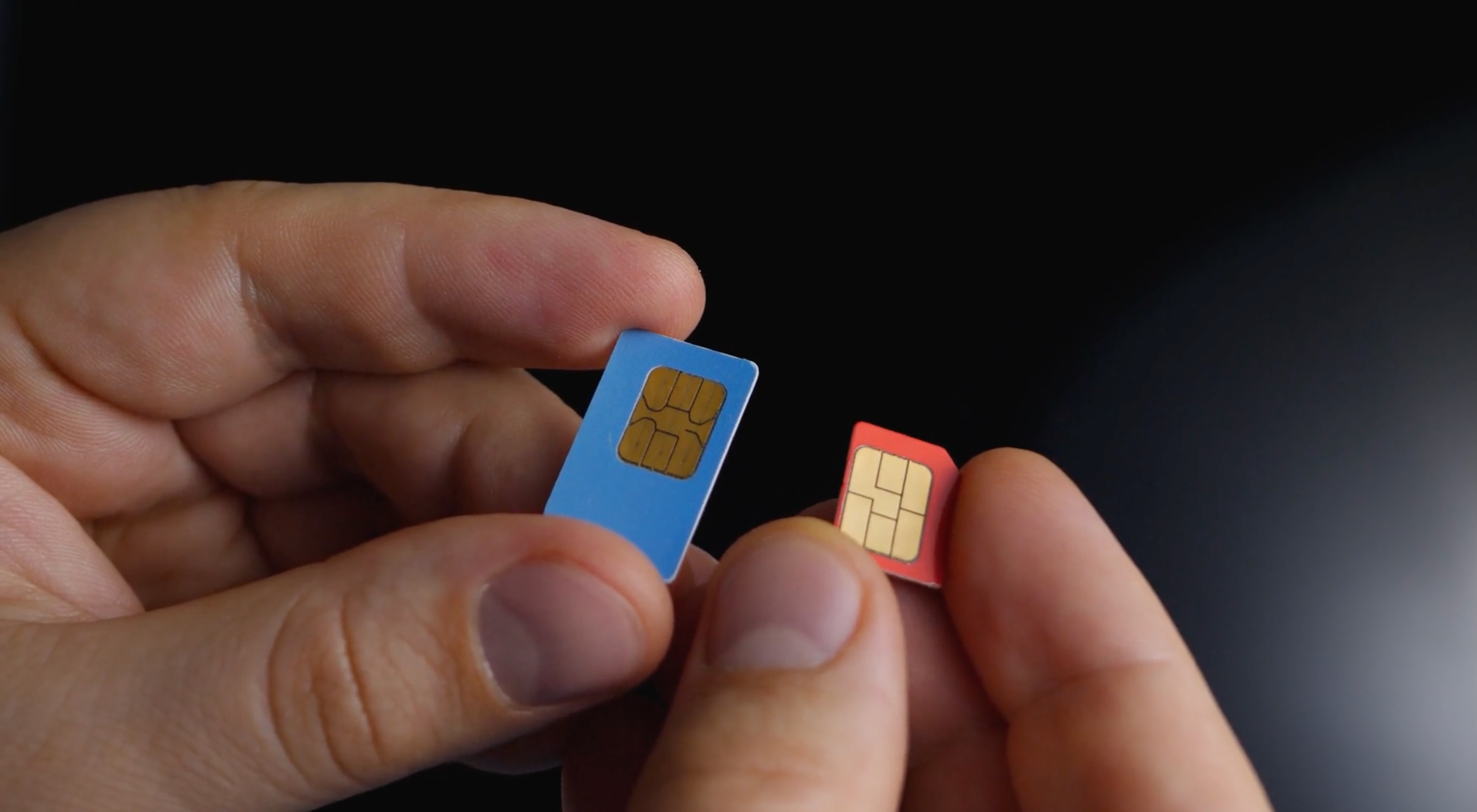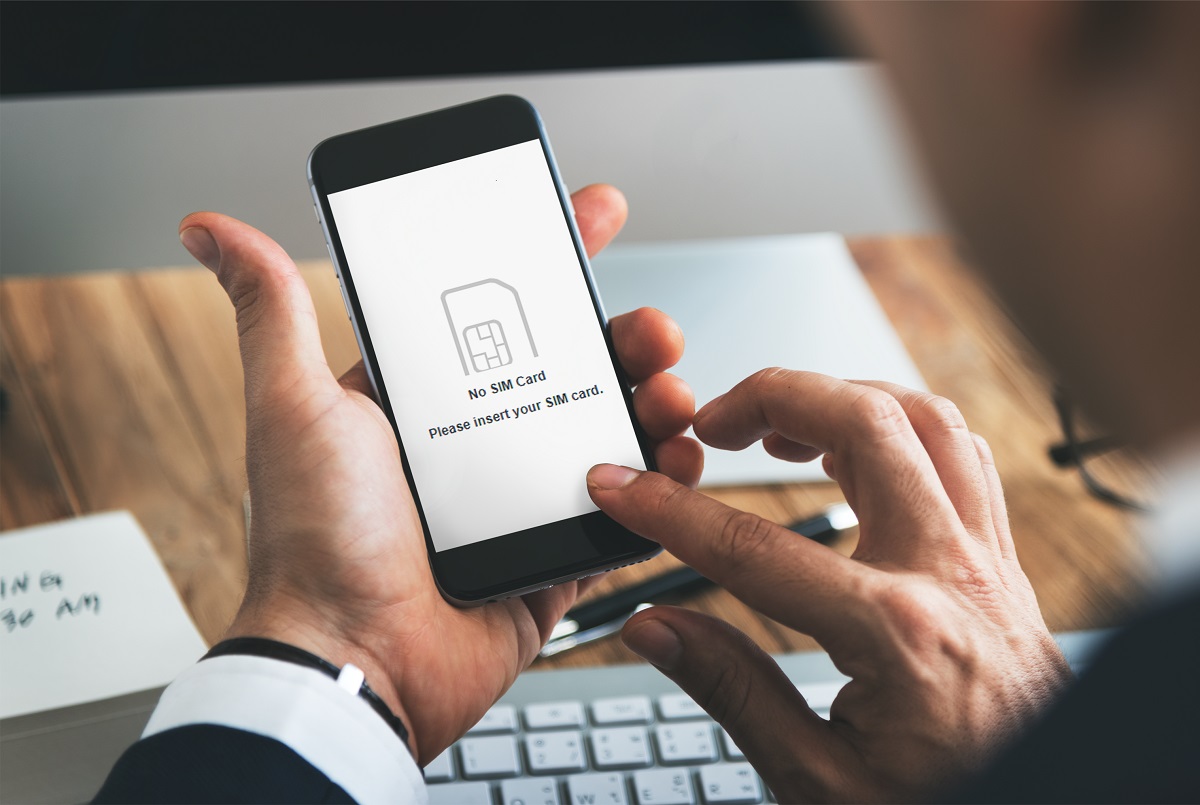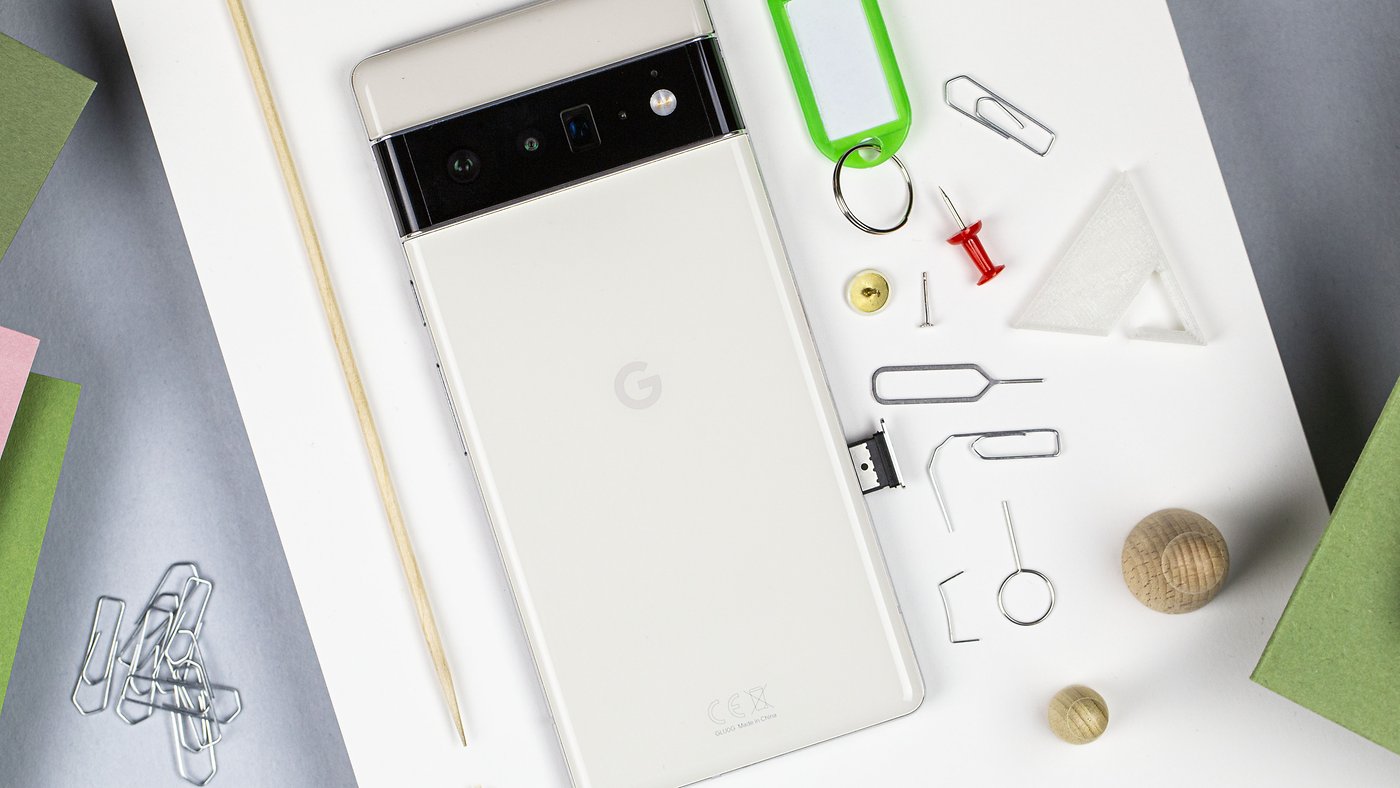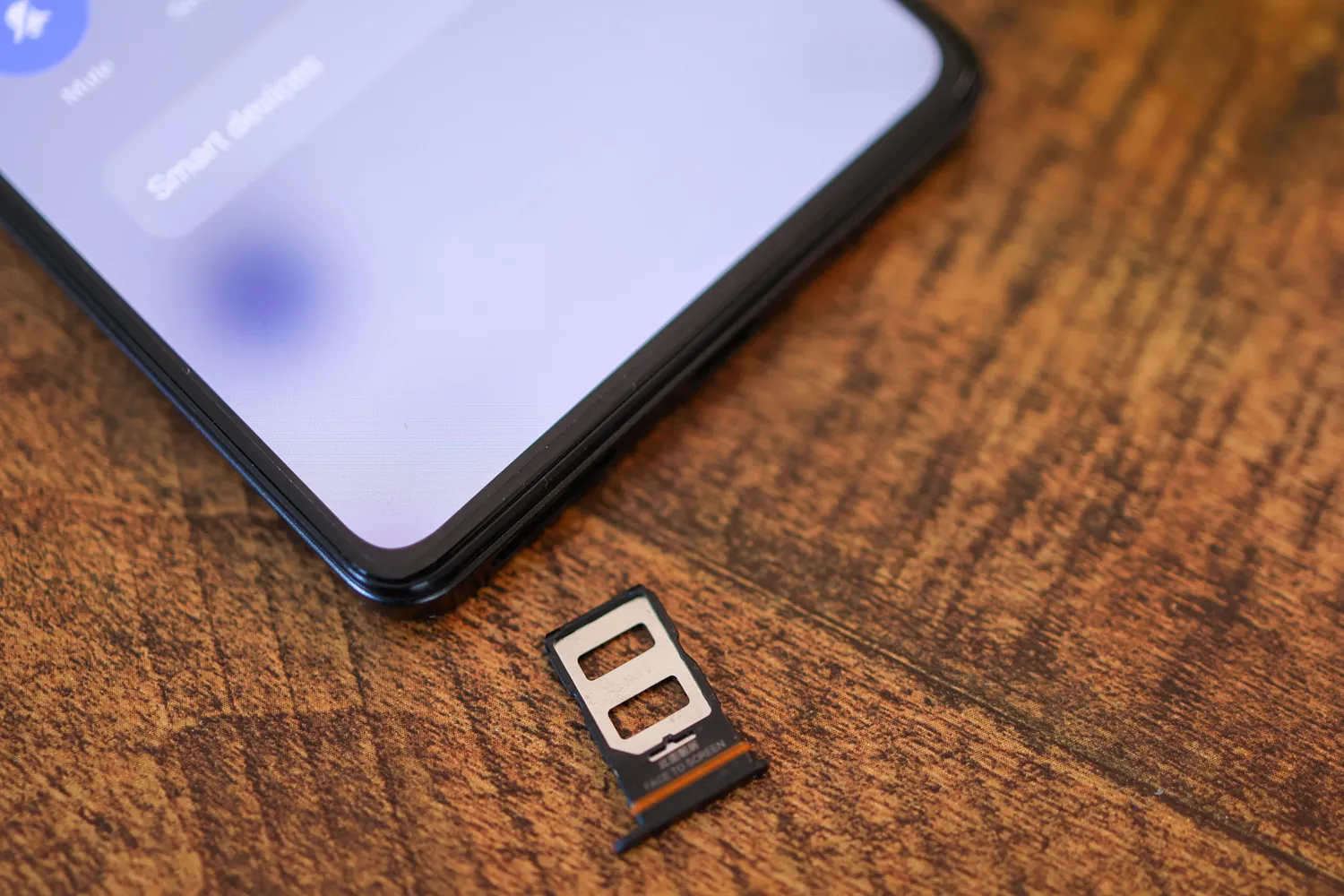Contact your mobile service provider
Losing your SIM card can be a disconcerting experience, but taking immediate action can help alleviate the stress and prevent potential issues. The first step you should take after realizing your SIM card is lost is to contact your mobile service provider. This is crucial for several reasons:
-
Security Concerns: Informing your mobile service provider about the lost SIM card allows them to take necessary security measures to protect your account. By flagging the lost SIM card, the provider can prevent unauthorized individuals from using it for malicious purposes.
-
Fraud Prevention: Promptly notifying your mobile service provider about the lost SIM card is essential in preventing fraudulent activities, such as unauthorized usage or attempts to access your personal information. This proactive approach can safeguard your privacy and financial well-being.
-
Assistance in Recovery: Your mobile service provider can offer guidance and support in the event of a lost SIM card. They may provide specific instructions on how to proceed, including the process for obtaining a replacement SIM card and securing your account.
-
Account Verification: Communicating with your mobile service provider allows you to verify your identity and ownership of the account. This step is crucial for initiating any necessary actions, such as blocking the lost SIM card and obtaining a replacement.
When reaching out to your mobile service provider, be prepared to provide relevant details, such as your account information and the circumstances surrounding the loss of your SIM card. Clear communication and cooperation with the provider can expedite the resolution process and ensure that your mobile services remain secure.
By promptly contacting your mobile service provider, you demonstrate proactive responsibility and prioritize the protection of your mobile account. This initial step sets the foundation for addressing the loss of your SIM card effectively and minimizing any potential risks associated with its unauthorized use.
Remember, your mobile service provider is there to assist you in safeguarding your mobile connectivity and ensuring a smooth transition following the loss of your SIM card. Taking the initiative to contact them sets in motion the necessary measures to address the situation and restore your peace of mind.
Report the loss to prevent unauthorized use
Losing your SIM card is not just a physical misplacement; it poses potential risks of unauthorized use and security breaches. Therefore, reporting the loss to your mobile service provider is a critical step in preventing unauthorized use and protecting your personal information.
By promptly reporting the loss of your SIM card to your mobile service provider, you initiate a series of protective measures. This proactive approach serves as a crucial deterrent against unauthorized individuals attempting to exploit the lost SIM card for fraudulent activities. It also demonstrates your commitment to safeguarding your mobile connectivity and personal data.
When you report the loss to your mobile service provider, you enable them to take immediate action to secure your account. This may involve flagging the lost SIM card to prevent its use for outgoing calls, messages, or data usage. Additionally, the provider can implement security protocols to inhibit any attempts to access your account or sensitive information associated with the lost SIM card.
Promptly reporting the loss also serves to protect you from potential financial repercussions. Unauthorized usage of the lost SIM card could result in unexpected charges or expenses, which can be mitigated through timely reporting and subsequent preventive measures implemented by your mobile service provider.
Furthermore, reporting the loss of your SIM card underscores the importance of maintaining a proactive stance in safeguarding your mobile connectivity. It reinforces the notion that you are vigilant about protecting your personal data and privacy, thereby deterring unauthorized individuals from exploiting the situation.
In essence, reporting the loss of your SIM card to your mobile service provider is a proactive and responsible action that serves as a vital line of defense against unauthorized use. It not only mitigates the risks associated with the loss but also demonstrates your commitment to upholding the security of your mobile services and personal information.
By taking this step, you contribute to the overall integrity of the mobile network and reinforce the collective effort to combat unauthorized activities. Your prompt action in reporting the loss sets the stage for subsequent measures aimed at preventing unauthorized use and ensuring the security of your mobile connectivity.
Consider blocking the SIM card
When faced with the loss of your SIM card, one crucial consideration is whether to proceed with blocking the SIM card. This decision holds significant implications for safeguarding your mobile connectivity and preventing unauthorized use.
Blocking the SIM card serves as a proactive measure to mitigate the risks associated with its loss. By initiating the blocking process, you effectively render the lost SIM card inoperable, thereby preventing any potential unauthorized usage or access to your mobile services. This action is instrumental in maintaining the security of your account and personal information.
The decision to block the SIM card reflects a proactive stance in protecting your mobile connectivity and privacy. It demonstrates a commitment to thwarting any attempts to exploit the lost SIM card for fraudulent activities, thereby reinforcing the integrity of the mobile network.
Furthermore, blocking the SIM card offers peace of mind by minimizing the potential financial implications of unauthorized usage. By taking this preventive step, you mitigate the risk of incurring unexpected charges or liabilities resulting from unauthorized activities associated with the lost SIM card.
It is important to note that blocking the SIM card does not permanently disable your mobile services. Instead, it temporarily suspends the functionality of the lost SIM card while paving the way for obtaining a replacement. This ensures that you can swiftly regain access to your mobile connectivity without compromising security.
In essence, considering the blocking of the SIM card following its loss is a proactive and prudent decision. It aligns with the overarching goal of safeguarding your mobile services and personal data, while also contributing to the collective effort to combat unauthorized usage within the mobile network.
By deliberating on the option to block the SIM card, you demonstrate a proactive approach to addressing the loss and underscore the importance of maintaining the security and integrity of your mobile connectivity. This decision sets the stage for subsequent steps aimed at securing your account and obtaining a replacement SIM card, thereby ensuring a seamless transition following the loss of your SIM card.
Request a replacement SIM card
After reporting the loss of your SIM card and considering the option to block it, the next crucial step is to request a replacement SIM card from your mobile service provider. This essential process is instrumental in restoring your mobile connectivity and ensuring uninterrupted access to your services.
Initiating the request for a replacement SIM card involves reaching out to your mobile service provider and following their specific procedures for obtaining a new SIM card. This typically entails contacting customer support, either through a dedicated helpline or visiting a service center, to formally request the replacement.
When requesting a replacement SIM card, it is important to provide accurate details and adhere to any verification protocols established by the mobile service provider. This may include verifying your identity and ownership of the account to facilitate the issuance of the replacement SIM card. Clear and cooperative communication with the provider is essential to expedite the process and ensure a seamless transition to the new SIM card.
Upon successfully requesting the replacement SIM card, the provider will typically guide you through the subsequent steps, such as the collection or delivery of the new SIM card. It is important to follow their instructions diligently to ensure a smooth and efficient replacement process.
Obtaining a replacement SIM card reinstates your access to mobile services and restores the functionality of your device. It allows you to resume making calls, sending messages, and accessing data, thereby minimizing the impact of the lost SIM card on your daily activities.
Furthermore, the replacement SIM card serves as a crucial security measure, as it effectively nullifies the functionality of the lost SIM card. By activating the replacement, you mitigate the risks associated with unauthorized use of the lost SIM card and reinforce the integrity of your mobile connectivity.
In essence, requesting a replacement SIM card is a pivotal step in addressing the loss of your SIM card. It signifies a proactive approach to restoring your mobile services and reinforces the commitment to upholding the security and functionality of your account. By initiating this process, you pave the way for a seamless transition and reaffirm your proactive stance in safeguarding your mobile connectivity.
Update your contacts with your new SIM card number
Updating your contacts with your new SIM card number is a crucial step in ensuring a seamless transition following the replacement of your SIM card. This process involves transferring your existing contacts and acquaintances from the old SIM card to the new one, thereby maintaining uninterrupted communication and accessibility.
The first and foremost consideration when updating your contacts is to ensure the accuracy and completeness of the transferred information. This entails meticulously transferring each contact's name and associated phone number to the new SIM card, thereby preserving the integrity of your address book. Attention to detail during this process is essential to avoid any discrepancies or omissions that may hinder effective communication with your contacts.
In addition to transferring essential contact details, it is prudent to review and update any additional information linked to your contacts, such as email addresses, physical addresses, and relevant notes. This comprehensive approach ensures that your communication channels remain robust and up-to-date, allowing for seamless interaction with your network of contacts.
Moreover, updating your contacts with the new SIM card number presents an opportunity to reassess the relevance and significance of each contact. This may involve identifying and removing outdated or redundant entries, thereby streamlining your address book and enhancing its efficiency. By decluttering and refining your contacts, you create a more streamlined and manageable network, facilitating effective communication and interaction.
Furthermore, the process of updating your contacts with the new SIM card number underscores the importance of maintaining connectivity and fostering meaningful relationships. It reflects a proactive approach to ensuring that your communication channels remain open and accessible, thereby reinforcing the value of staying connected with your network of contacts.
In essence, updating your contacts with the new SIM card number is a pivotal step in seamlessly integrating the replacement SIM card into your mobile connectivity. It not only ensures the continuity of communication but also underscores the proactive stance in maintaining robust and updated contact information. By diligently updating your contacts, you reaffirm the significance of effective communication and the value of nurturing meaningful connections within your network.







